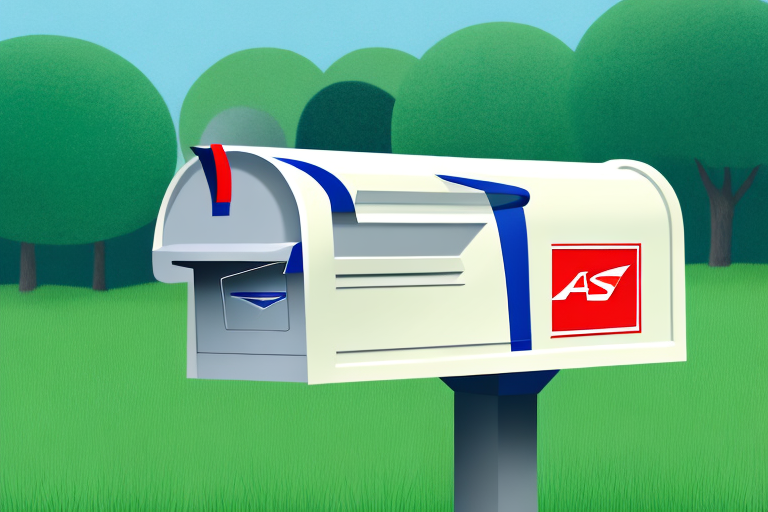Comparing USPS and FedEx: The Ultimate Shipping Services Guide
When it comes to shipping, two major players dominate the market: USPS and FedEx. Each offers a variety of services tailored to different needs, but understanding their differences can help you choose the best option for your shipping requirements. This guide delves into the key aspects of both companies, including delivery speed, pricing, tracking capabilities, and more, providing you with the insights needed to make an informed decision.
Key Differences Between USPS and FedEx
Operational Structure
USPS is a government-run organization that provides a wide range of services, from standard mail delivery to specialized package shipping. In contrast, FedEx is a private corporation that focuses primarily on package delivery and logistics, allowing it to offer more specialized services and a broader array of delivery options.
Pricing Models
The pricing structures of USPS and FedEx differ significantly:
- USPS: Generally more affordable for smaller packages and standard mail services. Flat-rate options can also provide cost savings for heavier items.
- FedEx: Typically more expensive but offers faster delivery times and advanced tracking features. FedEx also provides a wider range of packaging options for fragile or oversized items.
International Shipping
For international shipments, FedEx is often preferred due to its extensive global network and expertise in handling customs and regulations. While USPS also offers international services, they may be less reliable and have more limited coverage in certain countries.
Selecting the Right Shipping Partner for Your Needs
Factors to Consider
Choosing between USPS and FedEx depends on several factors:
- Cost: USPS is typically more cost-effective for smaller, lighter packages, while FedEx may offer better rates for larger shipments.
- Delivery Speed: FedEx provides faster delivery options, including overnight shipping, whereas USPS offers reliable standard and priority mail services.
- Tracking and Reliability: FedEx offers more advanced tracking capabilities and tends to have higher reliability for time-sensitive deliveries.
- Destination: For international shipping, FedEx's comprehensive global network may be advantageous.
Case Studies and Statistics
According to a 2023 report by ShipScience, FedEx holds a 25% market share in the global express shipping market, while USPS controls approximately 20% of the domestic mail market in the United States. These figures highlight the significant presence both companies have in the shipping industry.
Advantages and Disadvantages of USPS
Pros
- Affordability: Lower costs for small and standard packages.
- Wide Accessibility: Extensive network of post offices and drop-off locations.
- Flat-Rate Options: Cost-effective for shipping heavier items.
Cons
- Speed: Slower delivery times compared to FedEx.
- Reliability: Potentially less reliable for time-sensitive or international shipments.
- Customer Support: Limited support options compared to FedEx.
Advantages and Disadvantages of FedEx
Pros
- Speed: Faster delivery options, including overnight shipping.
- Advanced Tracking: Real-time tracking and delivery notifications.
- Specialized Services: Options for fragile, oversized, and international shipments.
- Customer Support: Comprehensive support including live chat and 24/7 phone assistance.
Cons
- Cost: Higher shipping costs compared to USPS.
- Reliability: Occasional delays or lost packages despite advanced tracking.
Pricing Comparison: USPS vs FedEx
Cost Analysis
Pricing can vary based on package size, weight, and destination. Generally:
- USPS: More economical for packages under 70 lbs and offers flat-rate boxes.
- FedEx: Competitive pricing for larger shipments and offers volume discounts for businesses.
Example Rates
As of 2023, sending a 1 lb package domestically:
- USPS Priority Mail: Approximately $8.70 with a 1-3 day delivery window.
- FedEx Ground: Starting at around $7.50 with a 1-5 day delivery timeline.
For overnight shipping:
- FedEx Overnight: Starts at approximately $25.00.
- USPS: Priority Mail Express starts around $26.35.
Delivery Speed: USPS vs FedEx
Service Tiers
- USPS:
- First-Class Mail: 1-3 days
- Priority Mail: 1-3 days
- Priority Mail Express: Overnight to 2 days
- FedEx:
- FedEx Ground: 1-5 days
- FedEx Express Saver: 3 business days
- FedEx Overnight: Next business day
Performance Metrics
According to the 2023 Shipping Performance Report, FedEx has a guaranteed on-time delivery rate of 97%, compared to USPS's 92% for Priority Mail. These statistics are crucial for businesses with tight delivery schedules.
Tracking Capabilities Compared
USPS Tracking
USPS offers Informed Delivery, a free service that provides grayscale images of incoming mail and tracking updates for packages. While basic tracking is available for free, additional services like certified tracking may incur extra fees.
FedEx Tracking
FedEx provides comprehensive tracking features, including real-time tracking, detailed delivery notifications, and the ability to request delivery alerts via various channels. Advanced tracking options are included in premium services without additional costs.
Comparison
FedEx's tracking system is more robust, offering granular updates and proactive notifications, making it ideal for high-value or time-sensitive shipments. USPS tracking is reliable for standard shipments but lacks the depth of information provided by FedEx.
International Shipping: USPS vs FedEx
USPS International Services
- Affordable rates for small packages.
- Delivery times range from 6-10 business days.
- Limited tracking capabilities in some countries.
FedEx International Services
- Higher shipping costs but faster delivery (1-5 business days).
- Extensive global network with comprehensive tracking.
- Expertise in handling customs and international regulations.
Recommendation
For businesses requiring reliable and fast international shipping with detailed tracking, FedEx is the preferred choice. USPS remains a cost-effective option for sending smaller packages internationally where speed and advanced tracking are not critical.
Tips for Maximizing Shipping Efficiency and Cost Savings
Optimize Packaging
Using the right packaging can reduce costs and prevent damage. Both USPS and FedEx offer guidelines and materials to help you package your items securely.
Use Flat-Rate Options
Take advantage of flat-rate boxes offered by USPS to simplify pricing and potentially save on shipping costs for heavier items.
Consolidate Shipments
For businesses, consolidating multiple shipments into one can reduce overall shipping costs and simplify tracking.
Leverage Discounts and Loyalty Programs
Both USPS and FedEx offer discounts for businesses and high-volume shippers. Enrolling in these programs can lead to significant savings.
Conclusion: Choosing Between USPS and FedEx
Selecting the right shipping service depends on your specific needs, including budget, delivery speed, tracking requirements, and destination. USPS offers affordable rates and extensive accessibility, making it ideal for everyday shipping needs. Conversely, FedEx provides faster delivery, advanced tracking, and specialized services suitable for businesses and time-sensitive shipments. Carefully evaluate your priorities to make the best choice for your shipping requirements.




















